With thoughtful planning and a little creativity, you can turn any front yard into a stunning, welcoming space that complements your home’s architecture and expresses your personal style.
There are endless landscaping possibilities to explore no matter the style!
From traditional curb appeal to drought-friendly plantings or charming cottage-style gardens, these front yard landscaping ideas will help you envision a front yard that’s both beautiful and functional without taking too much time or effort.

1. Symmetrical Garden Beds with Flowers and Bright Borders

A symmetrical arrangement quickly adds order and elegance to a front yard, particularly in colonial or conventional homes.
Make a center walkway that leads to the front door, with identical garden beds on either side.
Fill these beds with evergreen shrubs like boxwood or holly for year-round structure, and add seasonal color with blooming perennials like salvia, echinacea, and daylilies.
Low-growing ground coverings, such as creeping thyme or sedum, give texture while also reducing weeds.
To define borders and keep the area neat, use mulch or broken gravel.
This style exudes timeless beauty and curb appeal, providing structure without looking rigid, and it works nicely in both formal and informal settings.



2. Drought-Tolerant Xeriscape with Succulents and Native Plants

If you live in a dry area or prefer a low-maintenance yard, a xeriscaped front yard stocked with drought-tolerant plants is both environmentally beneficial and elegant.
Choose flowering natives like black-eyed Susans or penstemons to add color and attract pollinators.
Replace standard grass lawns with gravel, granite, or mulch walks, then create planting zones with native grasses, yuccas, agaves, and succulents such as echeveria or sedum.
Incorporate natural stone components such as flagstone walkways and rocks to add contrast and texture.
This design conserves water while embracing a raw, sculptural beauty, and it works equally well with modern residences or rustic cottages, demonstrating that sustainable landscaping does not have to sacrifice style or impact.



3. Lush Cottage Garden with Curved Paths and Abundant Flowers

A cottage garden design creates a lovely, romantic front yard by providing an overflowing, organic sense that attracts people to wander and linger.
Use winding stone or gravel roads instead of straight walkways, with blossoms spilling over the edges.
Fill beds with a thick mix of perennials such as lavender, hollyhocks, delphiniums, foxgloves, and roses, as well as herbs like oregano or sage for scent and texture.
Vertical components, such as trellises covered in climbing roses or clematis, can offer height and beauty.
Use wacky items to add charm. Hanging flower baskets or a vine-covered arbor above the entryway will make the front porch feel snug and friendly.
The end result is a bright, storybook atmosphere that is ideal for those who appreciate a more relaxed, romantic aesthetic.



4. Clean Lines, Contrast, and Modern Minimalist Style

Modern homes look great with sleek front yard gardens that emphasize clean lines, dramatic materials, and a regulated plant palette.
Consider concrete or large-format paver walks with sharp edges, surrounded by low vegetation such as decorative grasses or architectural agaves.
Use gravel or black mulch to create dramatic contrast, and use lighting to highlight essential shapes and textures after sunset.
A row of well manicured hedges or minimalist pots by the entryway can create a sleek focal point without taking over the room.
Using a single specimen tree is an easy method to create drama and height.
To preserve a classy vibe, limit your color choice to greens, silvers, deep purples, or whites. This method is suitable for any environment and supports a simple lifestyle.



5. Traditional Lawn and Path Combination with Seasonal Color Accents

Sometimes keeping things simple works best, and it is especially effective when done carefully.
A typical lawn with manicured garden beds and a central walkway might appear ageless and orderly. Choose a grass that suits your environment and keep it tidy for a neat appearance.
Line the walkway with boxwood hedges or low-growing perennials, and use seasonal annuals in containers on the porch or stairs to add bursts of color.
The idea is to keep the lines clean, the plants healthy, and the layout balanced and inviting.
It’s a versatile configuration that can be dressed up or down while providing a universally appealing appearance.




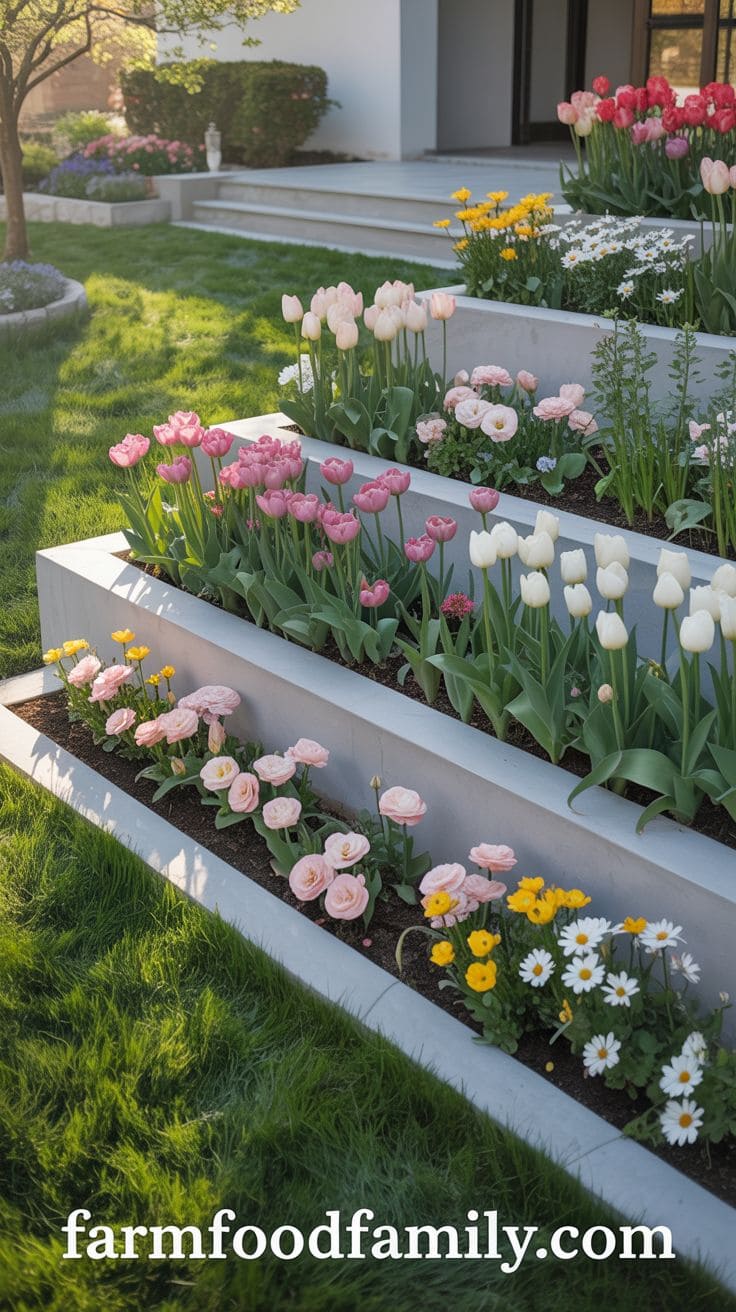
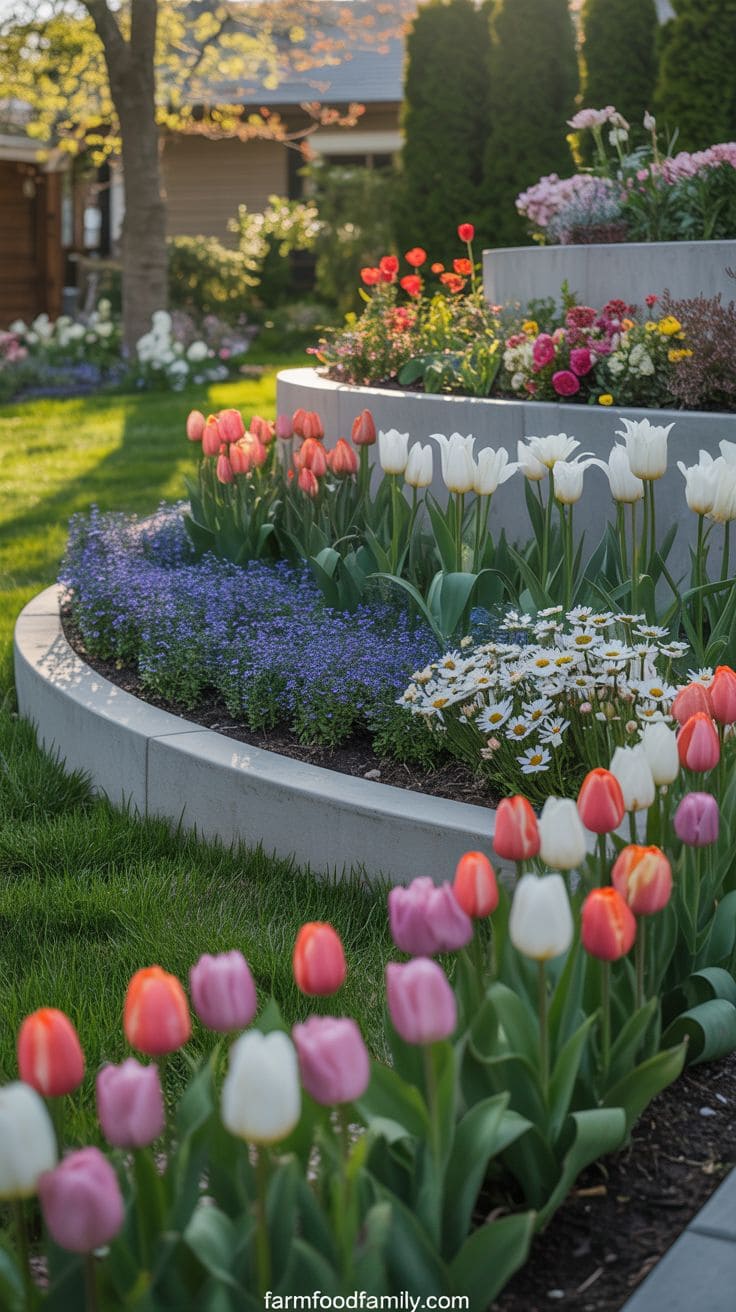

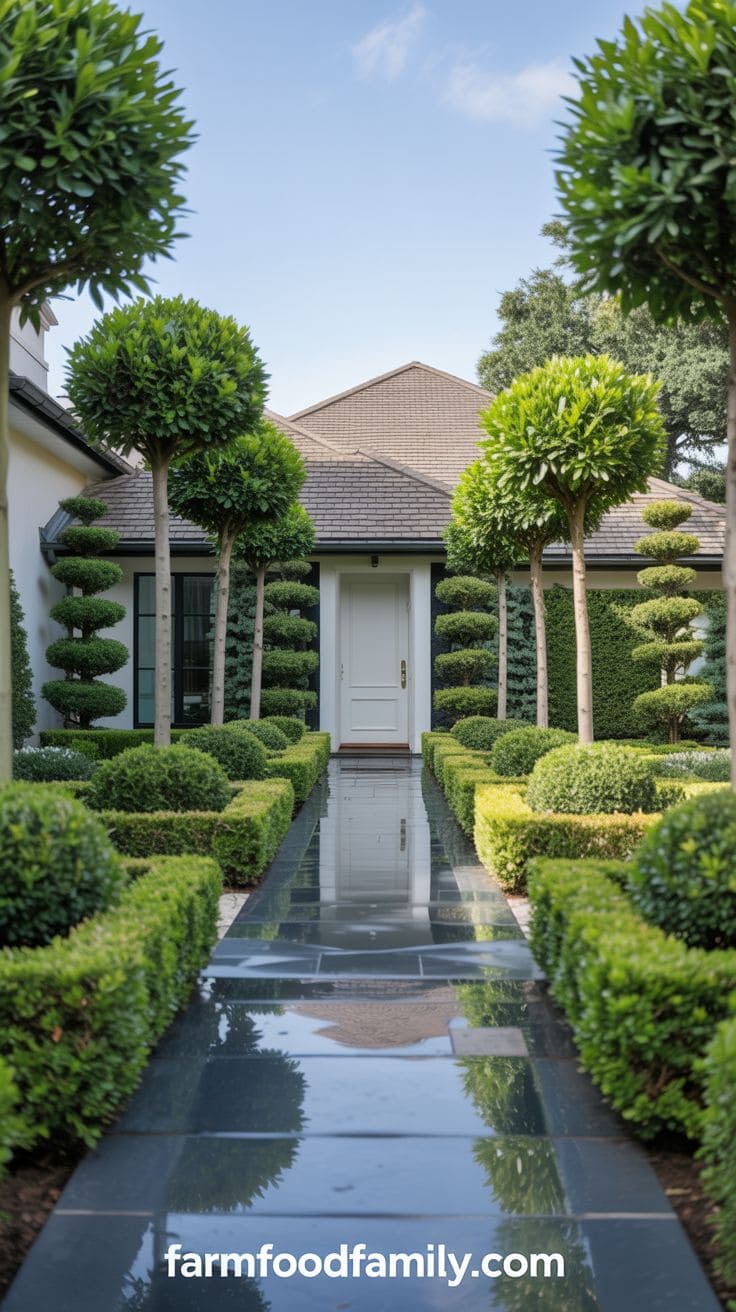
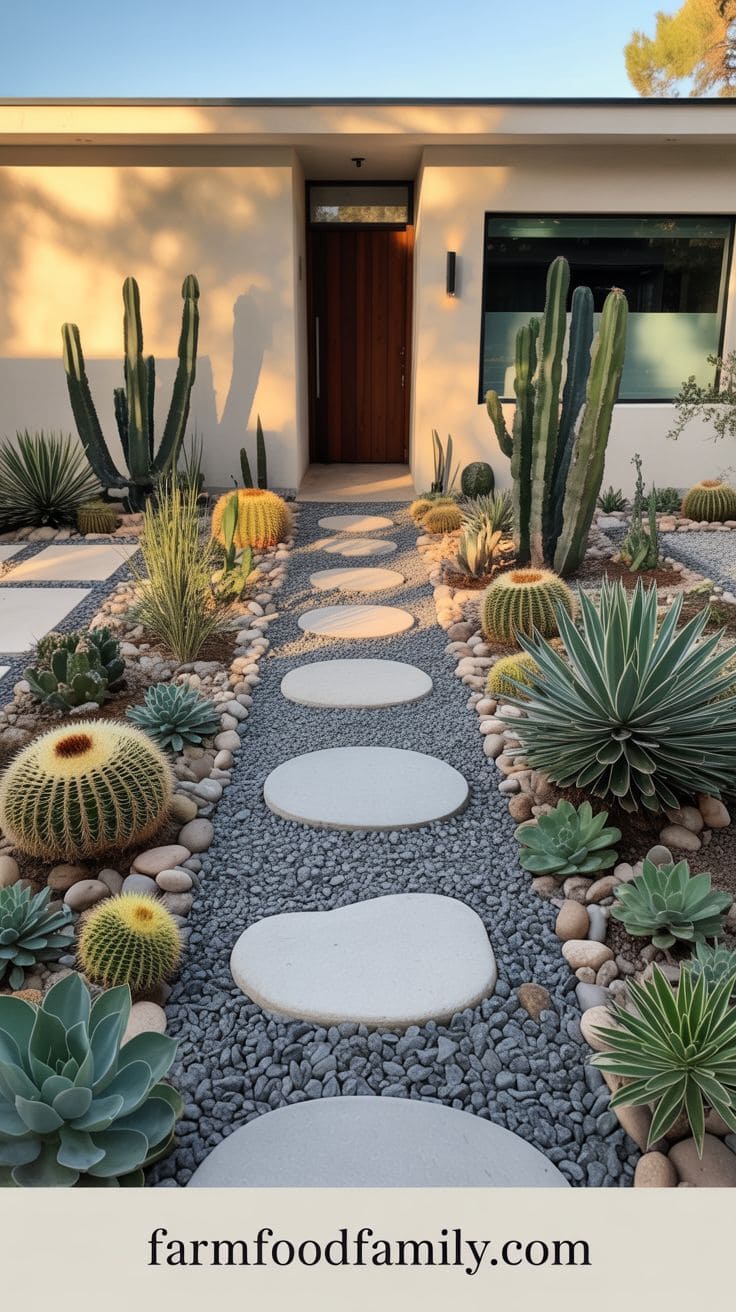
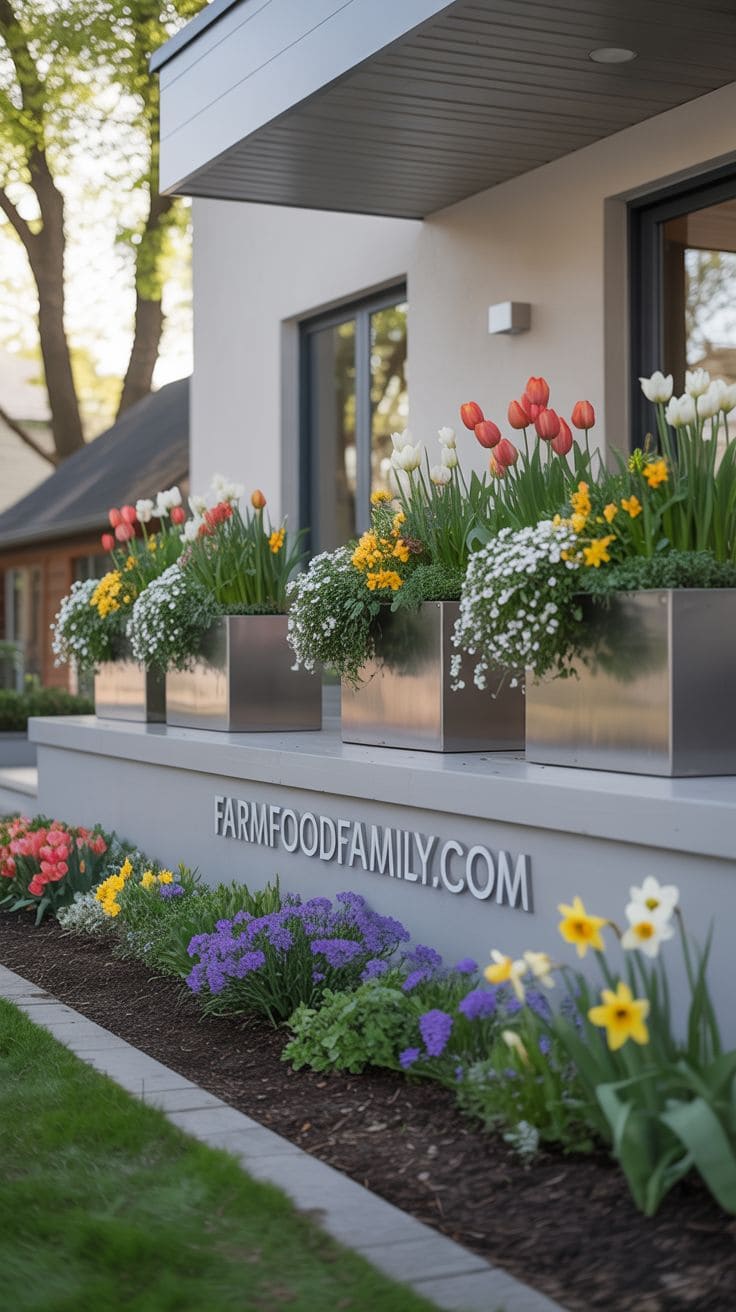
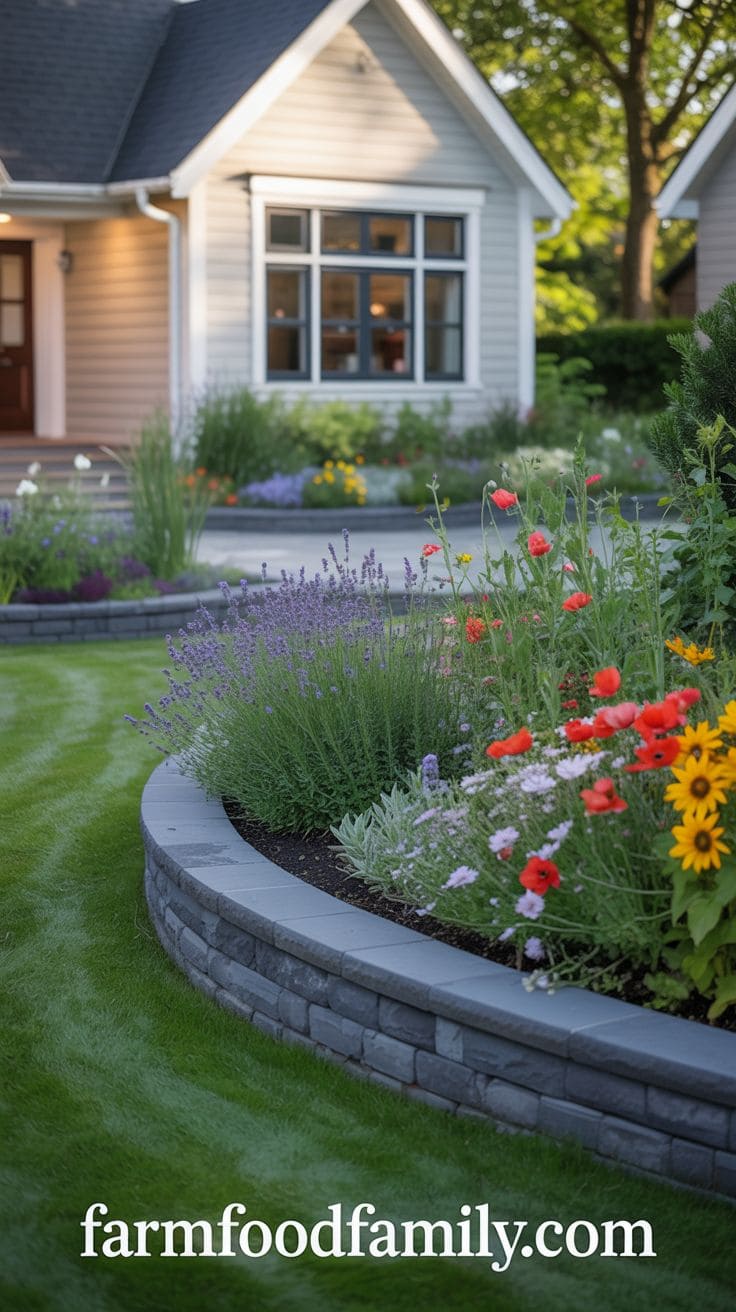
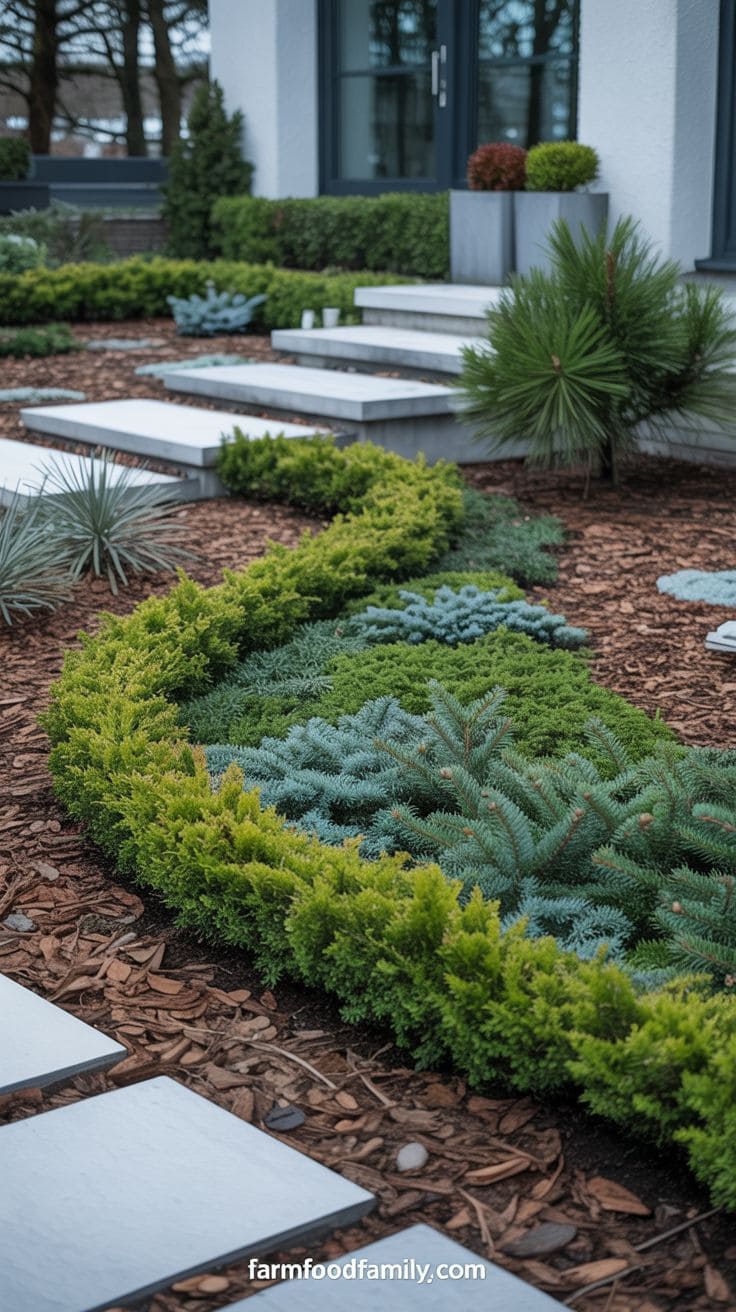
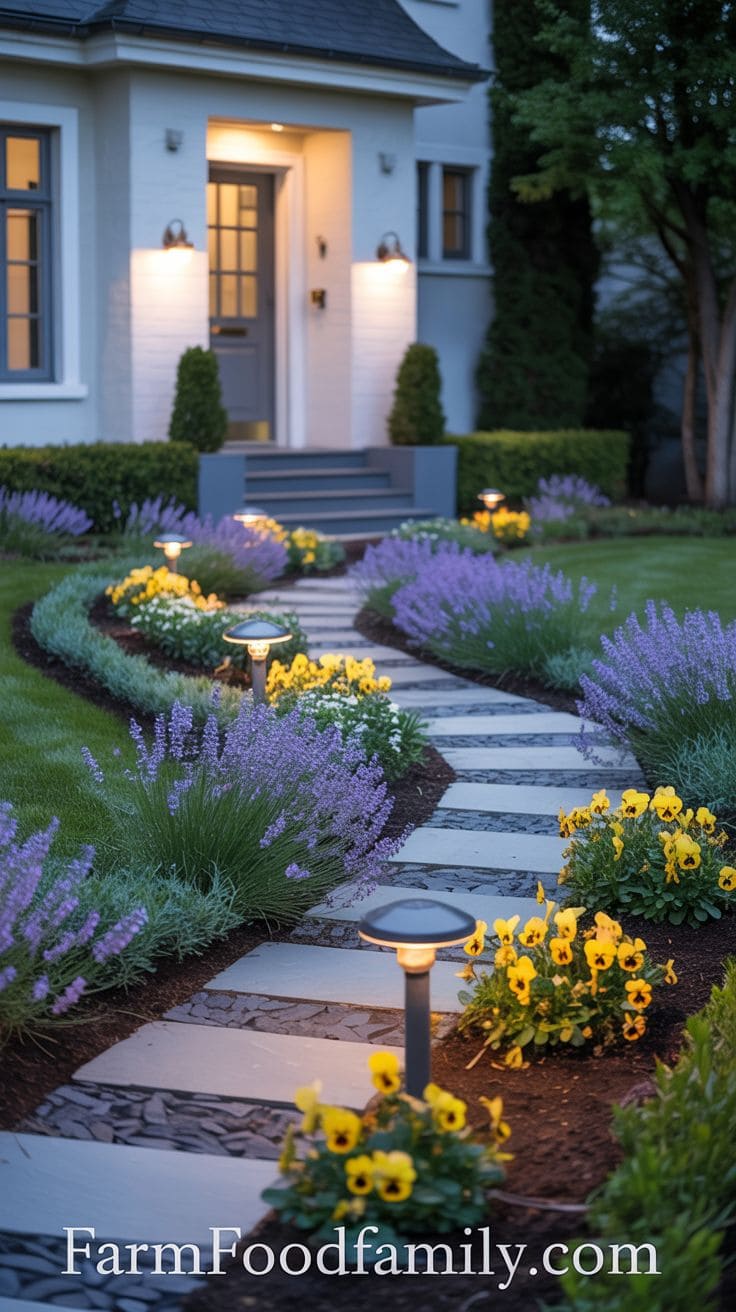
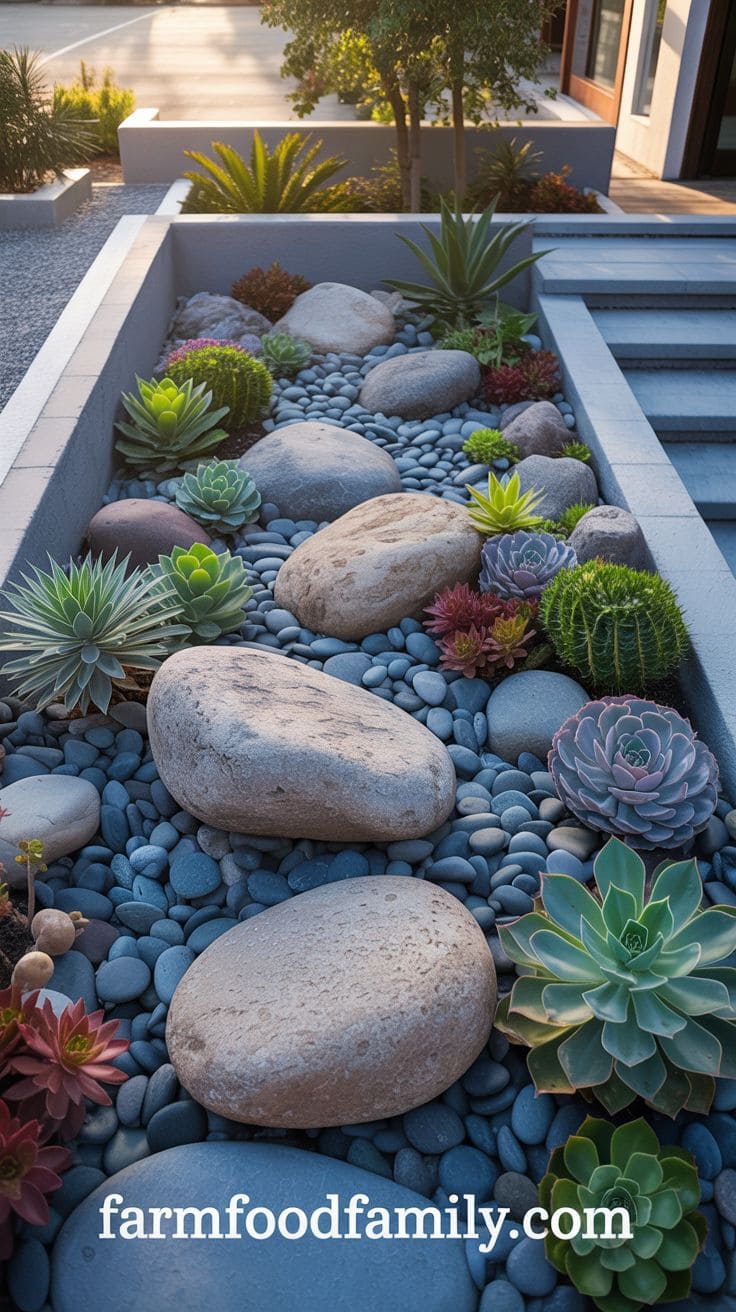
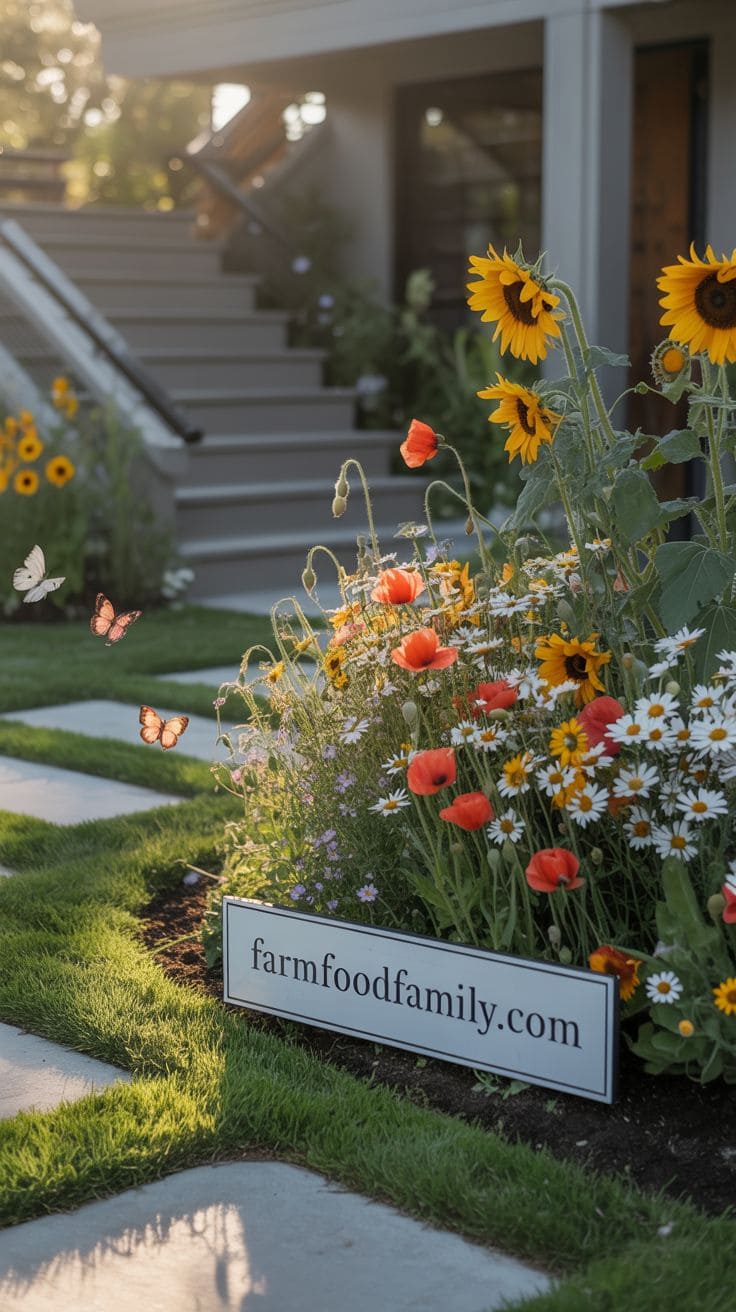
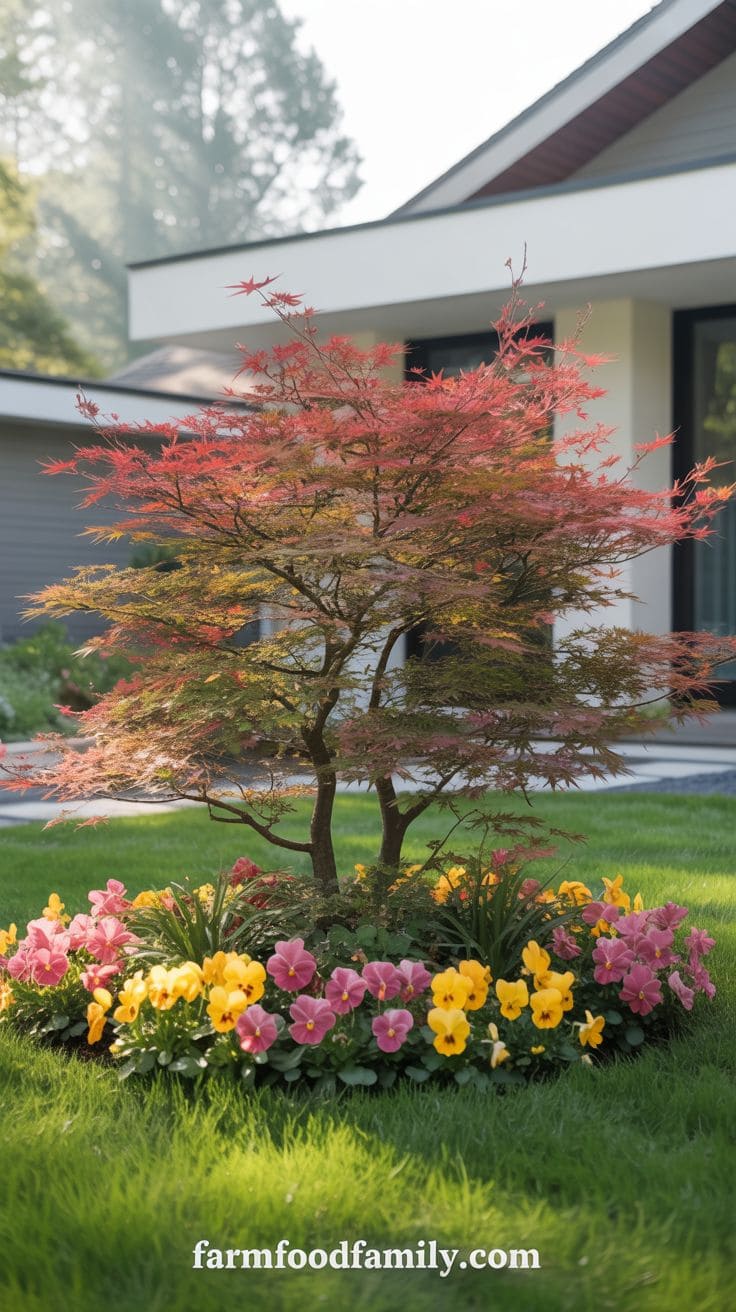
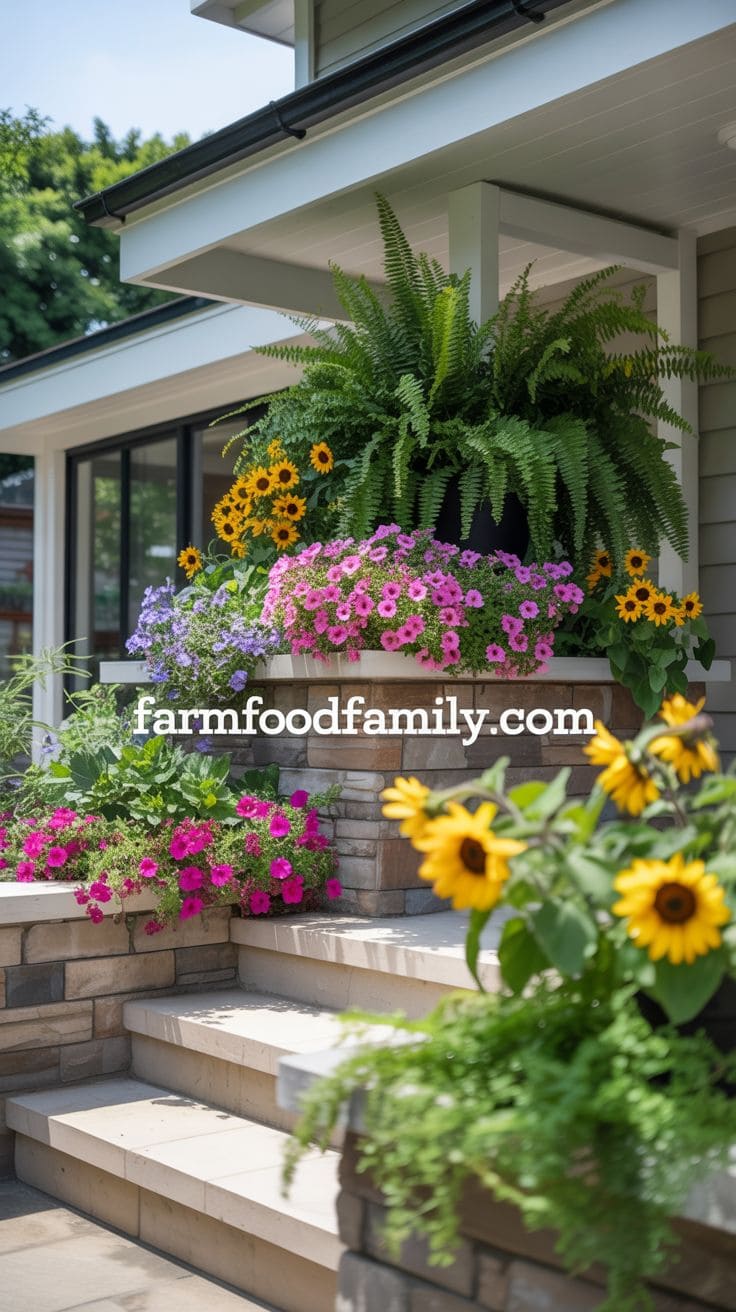

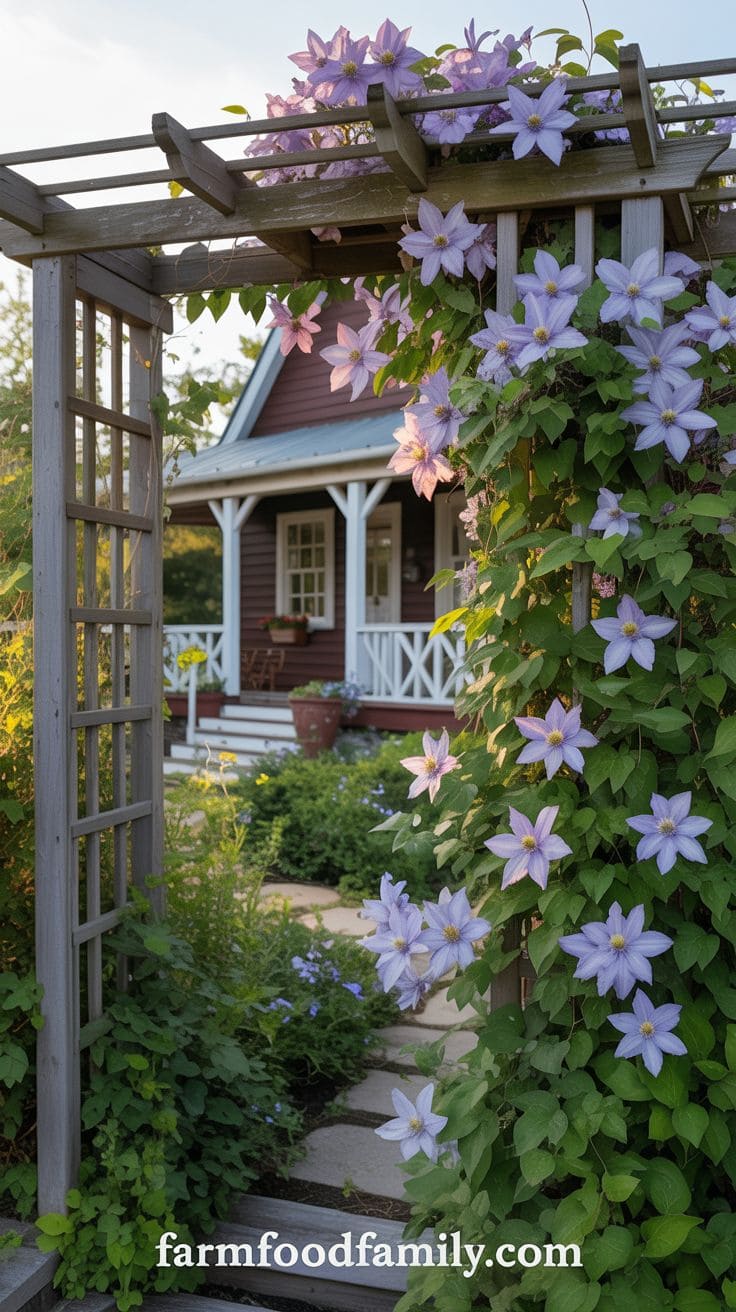
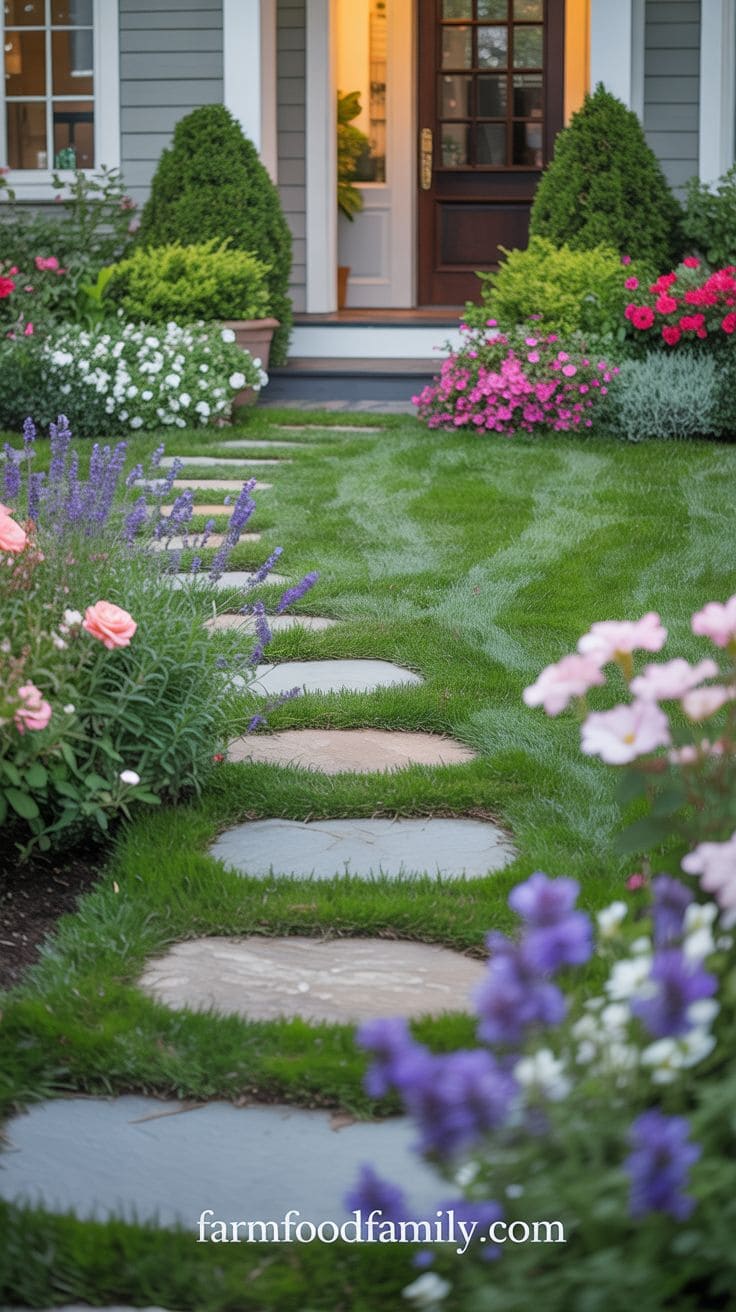
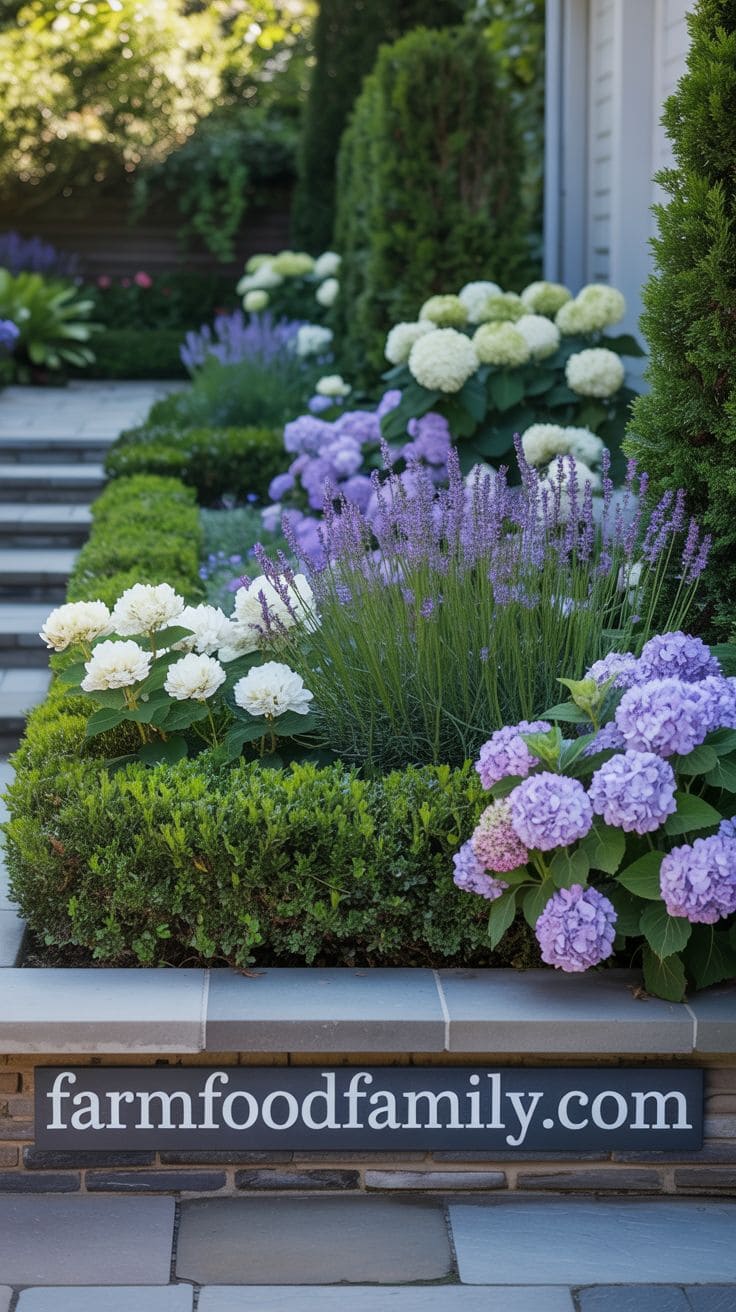
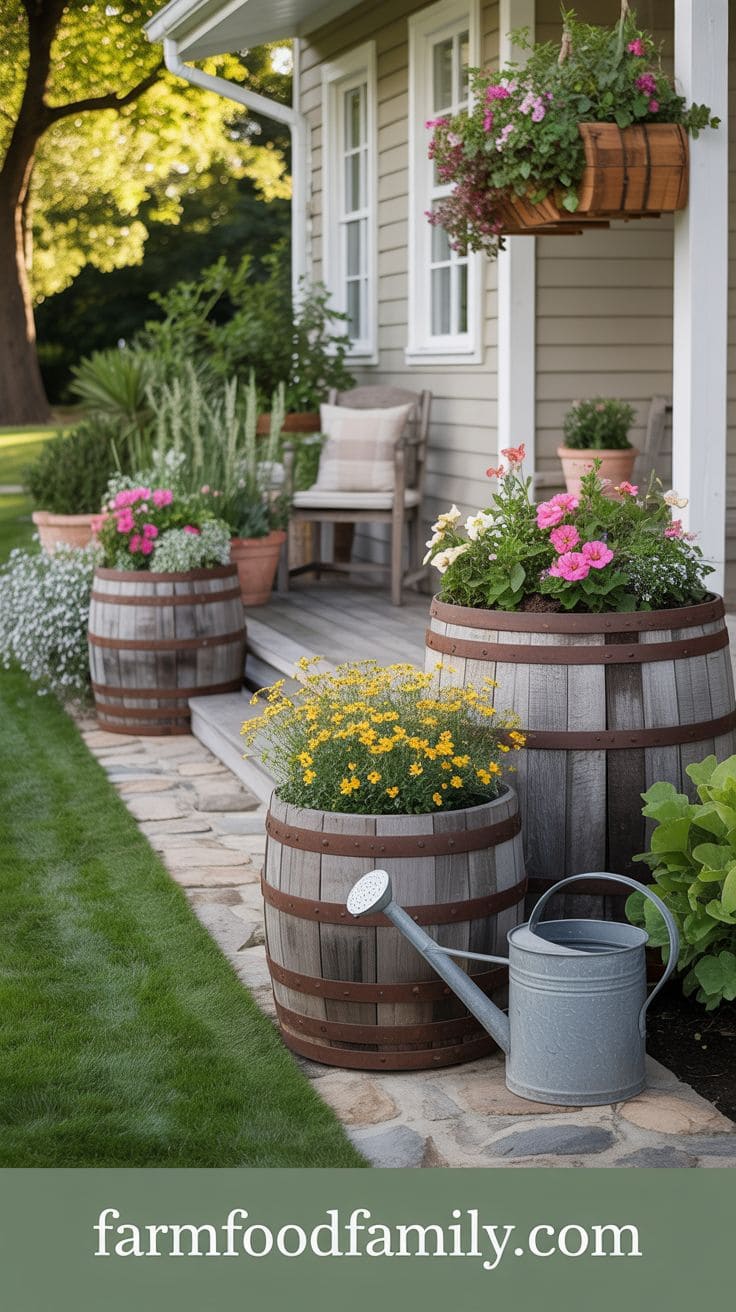
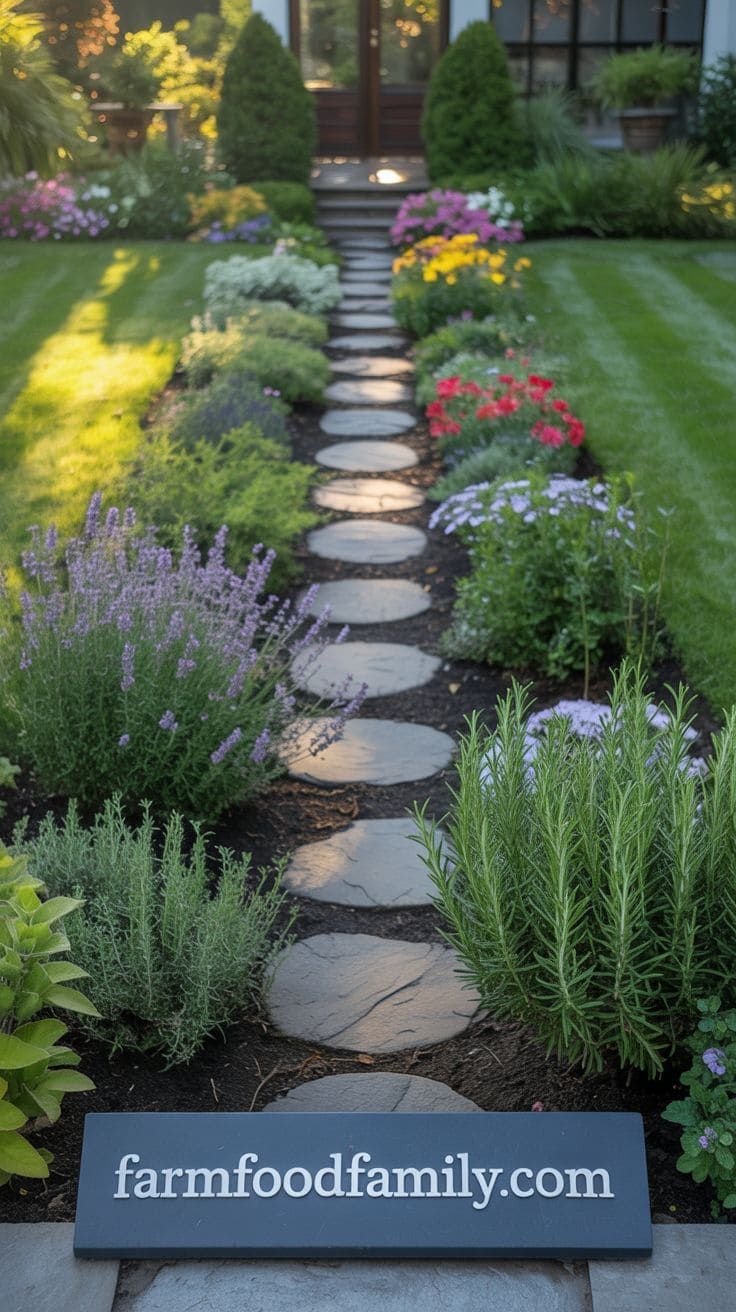
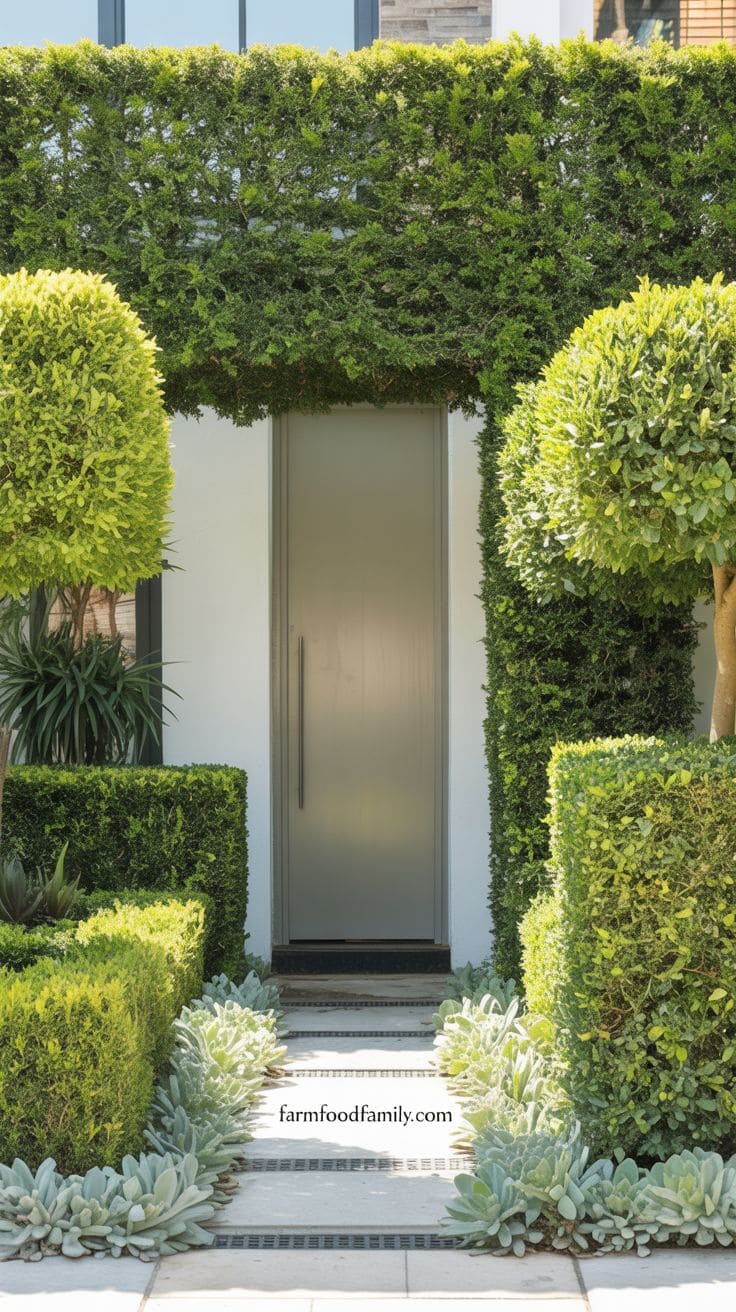

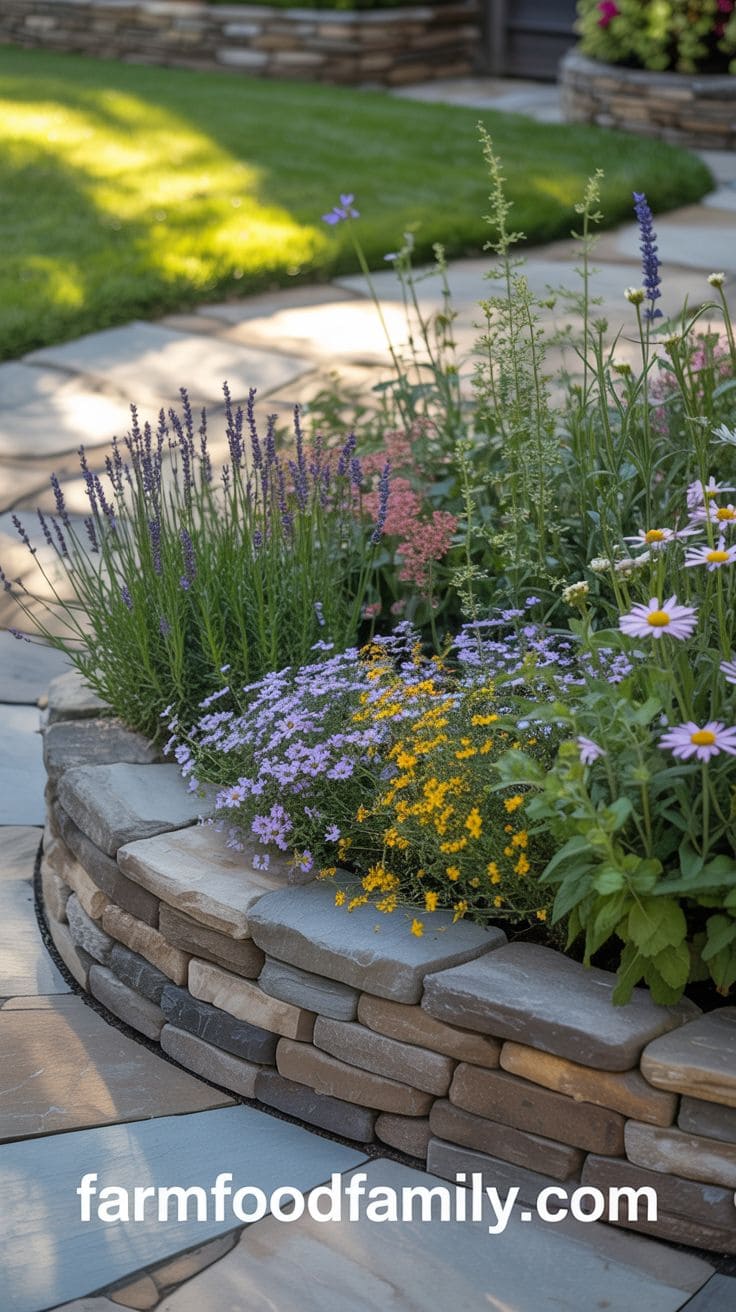
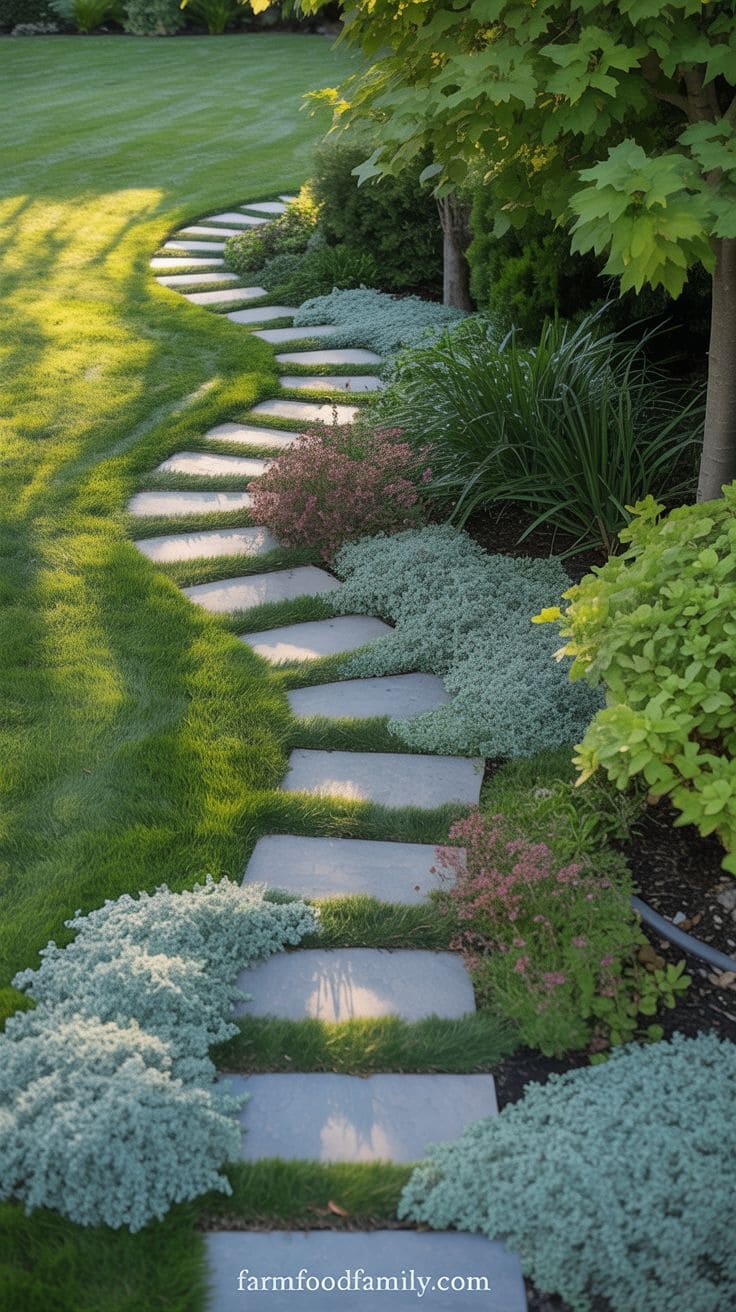
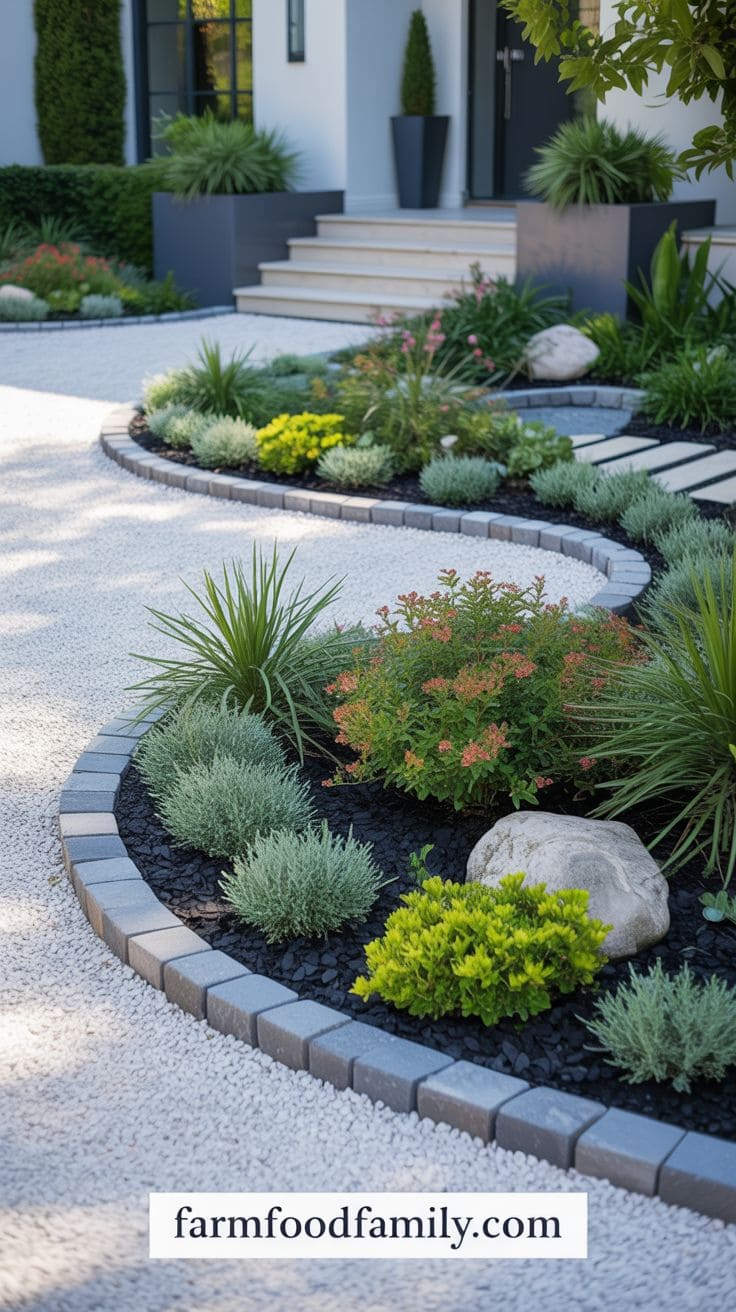
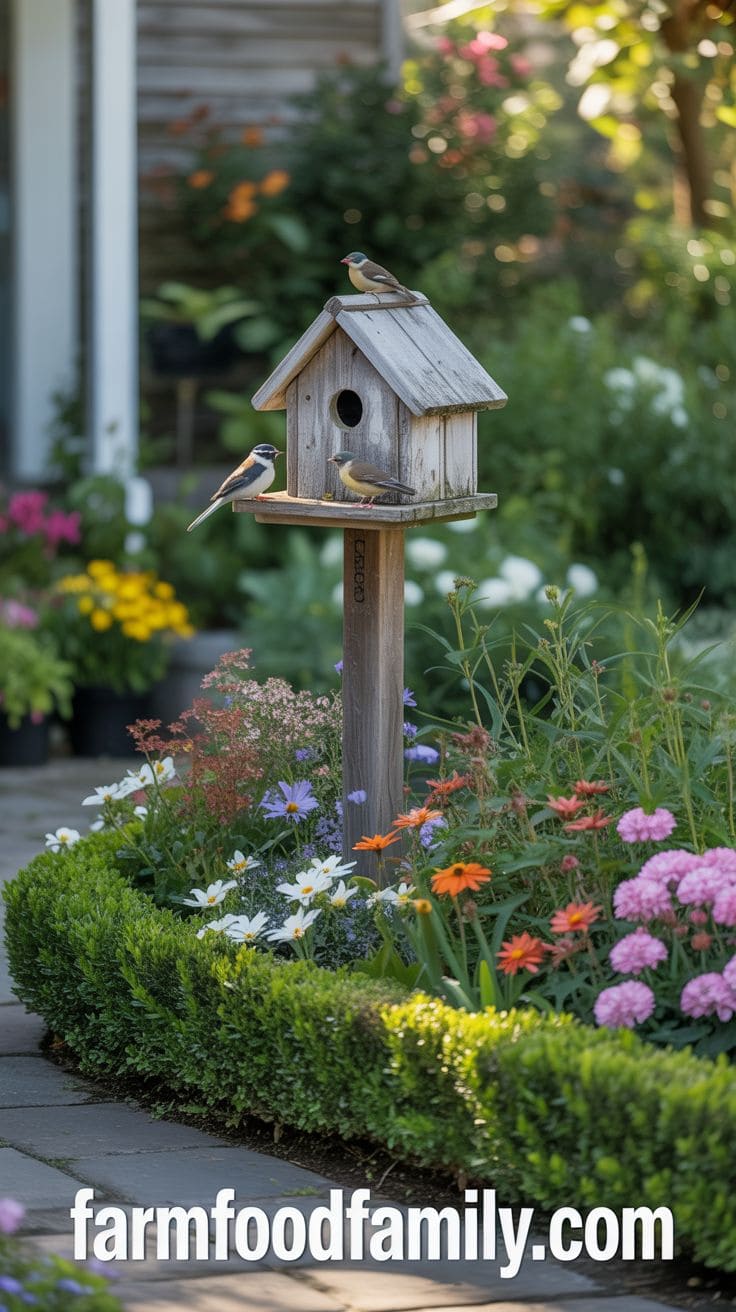
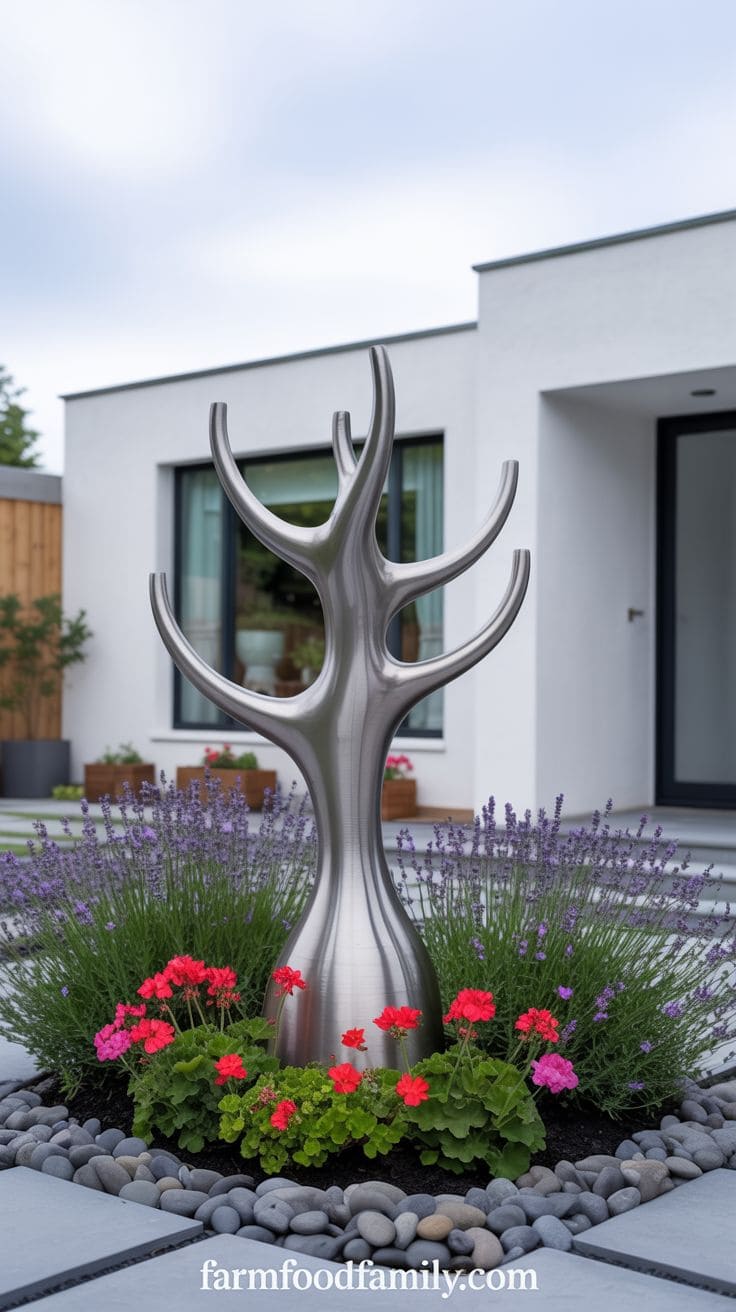






























More landscaping ideas:
- 75+ Backyard landscaping ideas & trending designs
- 91+ Small patio decorating ideas on a budget
- 60 Stunning pallet garden and furniture ideas

Source: kifissiaflowershow.gr

Source: freshdesignpedia.com

Source: aolhouse.com

Source: coolanz.com

Source: sofra.al

Source: gardenlandscapeideas.org

Source: perennialgardens.biz

Source: thegardeninspirations.biz

Source: evosol.co

Source: uhome.us

Source: eduardolandscapeanddesign.com

Source: jardimdocoracao.com


Source: lifestylesofthestayathomemom.com
Source: prairierosesgarden.blogspot.com

Source: iappfind.com

Source: verticalstore.co

Source: pinterest.com

Source: greencubelandscapes.blogspot.com

Source: topdreamer.com

Source: drawhome.com

Source: livindeasjournal.com

Source: diyprojects.ideas2live4.com

Source: owtdoor.com

Source: decor.966v.com

Source: countryliving.com

Source: valleyviewlandworks.com

Source: siteforeverything.com

Source: archzine.net

Source: hellofarmhouse.com

Source: diynetwork.com

Source: homedit.com

Source: homedit.com

Source: topdreamer.com

Source: freshdesignpedia.com

Source: vintage.themodernbaker.net

Source: rmccc

Source: greenfieldlandscape.blogspot.com

Source: lesmaisons.co

Source: usnow.org

Source: aolhouse.com

Source: vintage.themodernbaker.net

Source: undolock.com

Source: artscapesonline.com

Source: gardkebun.website

Source: stylemotivation.com

Source: nwgardening.com

Source: hometowntimes.com

Source: resources.gale.com

Source: pelajaricaranya.blogspot.com

Source: flickr.com
With the right mix of structure, color, texture, and lighting, your front yard can become a seamless extension of your home that delights visitors and creates a warm welcome every single day.
Your front yard holds endless potential, whether you prefer a classic and tidy look, a vibrant and eclectic garden, or a sleek and contemporary design. If you liked this article, leave a comment and share it with your family and friends!





